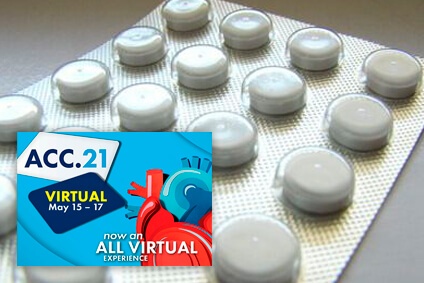Patients with peripheral vascular disease who undergo angioplasty in the lower limbs find benefit from treatment with rivaroxaban, according to the VOYAGER PAD study, presented at the scientific sessions of the American College of Cardiology (ACC) 2021 Congress and simultaneously published in JACC.

Patients with said disease present a higher risk of ischemic events not only in the lower limbs, but in all vascular territory. We reviewed this when analyzing the SAFE-PAD study, in which a mortality of <50% was observed at three years in both treatment arms.
The VOYAGER PAD study showed that 2.5 mg of rivaroxaban twice a day reduces the first ischemic event by 15%. However, we had no information on its usefulness for subsequent events.
In this research, patients with peripheral vascular disease who underwent angioplasty in the lower limbs were randomized to rivaroxaban (2.5 mg twice a day) plus aspirin vs. aspirin alone.
The original primary endpoint was a composite of acute ischemic events in the lower limbs, infarction, stroke, or cardiovascular death. This analysis included subsequent events, like repeat revascularization and venous thromboembolism.
Rivaroxaban reduced the composite endpoint (hazard ratio [HR]: 0.86, 95% confidence interval [CI]: 0.75 to 0.98; p = 0.02), and vascular events overall (HR: 0.86; 95% CI: 0.79 to 0.95; p = 0.003).
Read also: ACC 2021 | SAFE-PAD: Paclitaxel-Eluting Devices in Peripheral Disease.
Based on the primary endpoint, we can estimate that rivaroxaban prevents 4.4 events, and 12.5 vascular events/100 patients in a three-year period.
Conclusion
Patients with symptomatic peripheral vascular disease who undergo lower limb revascularization can significantly reduce their risk of primary and subsequent events by taking rivaroxaban.
Original Title: Total Ischemic Event Reduction with Rivaroxaban after Peripheral Arterial Revascularization in the VOYAGER PAD Trial.
Reference: Rupert M. Bauersachs et al. J Am Coll Cardiol. 2021 May 7;S0735-1097(21)05016-6. Online ahead of print. doi: 10.1016/j.jacc.2021.05.003.
Subscribe to our weekly newsletter
Get the latest scientific articles on interventional cardiology





